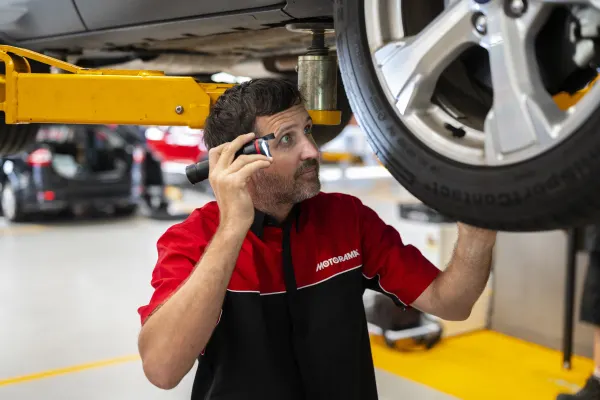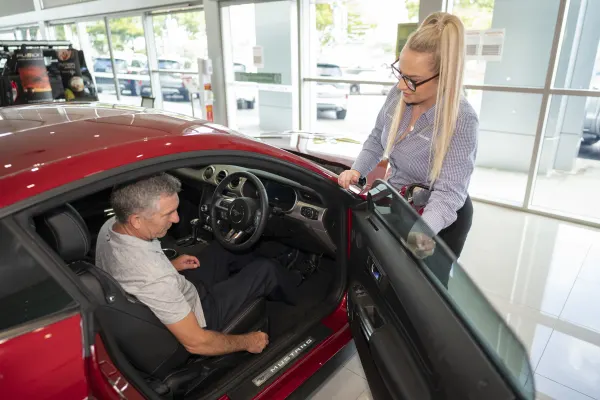
Extending Your Fleet Lifecycle
Posted in Buyer Advice
Extending Your Fleet Lifecycle
If your business is under pressure to reduce operating costs, it’s easy to look for short-term savings. If you have one or more business use vehicles, one of the perceived ways to do this is to extend the life of your vehicles, so that you can get some more use before the costly outlay of upgrading to cars or trucks.
While this may save you money in the immediate short term, your net costs may balloon as you try to maintain aging vehicles.
WHOLE OF LIFE COSTS
When managing vehicle operating expenses, costs generally curve upwards. In the first years on the road, servicing is generally limited to maintenance items. Your large servicing costs start to come in when items that wear out in the operation of the car need replacing such as tyres and brakes. For example, a Holden Colorado Dual Cab – a diesel four-wheel drive – has a service cost of $370 at 75,000km, which increases significantly to $833 at 90,000km. Large fleet buyers, such as government departments, often dispose of their vehicles at approximately 3 years/75,000km to avoid not only the increase in service costs, as above – but also after taking into consideration the impact that high kilometre usage has on the resale value.
DELAYING REPLACEMENT OF VEHICLES
If you’re thinking about extending the time to keep your business vehicles, it’s important to consider things above the bottom line.
Delaying the replacement of your vehicle or fleet will incur planned and unplanned costs associated with maintenance as well as intangible drawbacks in terms of productivity and efficiency.
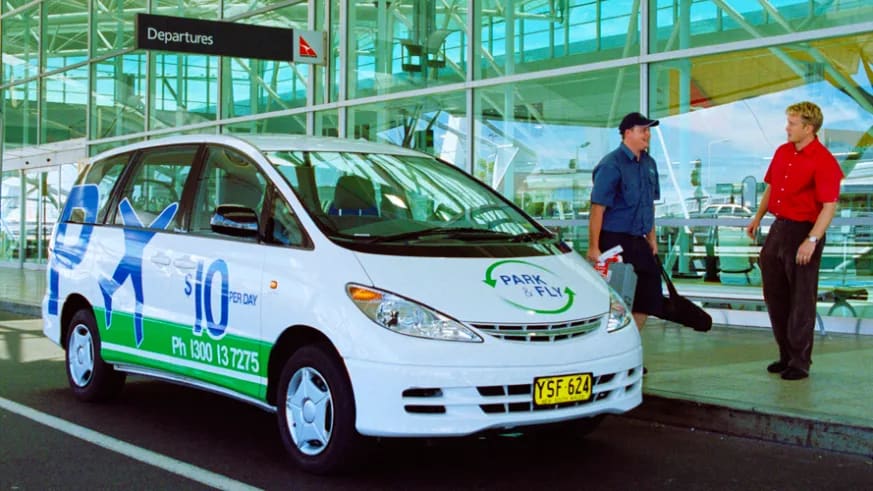
MAINTENANCE COSTS
Outside the planned maintenance costs of your vehicles, there are the actual costs of unplanned maintenance, which may become more frequent as your vehicles age. This will add to your annual operating costs, and is important to keep track of in your systems designed to manage your vehicles.
Vehicle downtime
With any maintenance, it increases the likelihood that your employees will have to use another vehicle while they wait for repairs. Productivity will suffer as more of your aging vehicles are sidelined for service, which may become more complicated and costly as they age beyond a reasonable timeframe. This will result as a cost to your business through lost productivity with employees with no vehicles and operational inefficiency through lack of vehicle availability. This will result in a loss of productivity in the long run, even if it's not immediately felt in your cash flows.
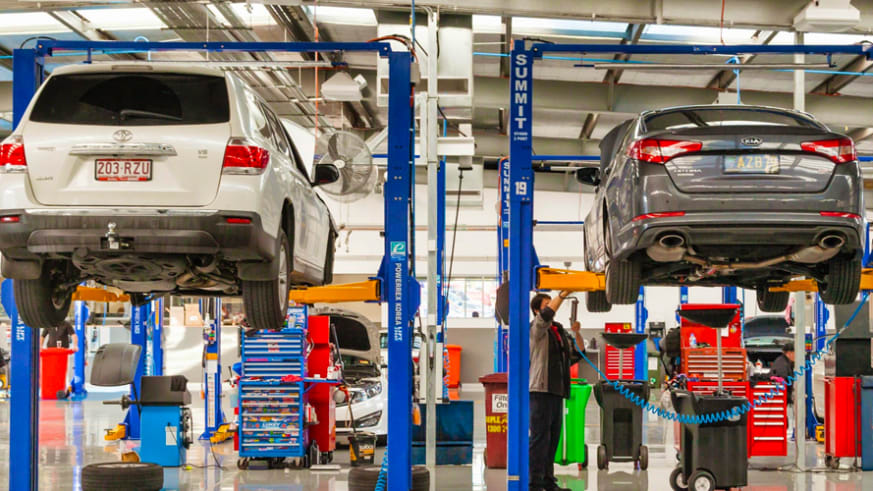
Driver safety and vehicle technology
Implementing standards for driver safety should be one of the most important factors in managing your fleet, if not the ultimate priority. Aside from the updates in automotive technology that are inherent in new vehicles every few years, the risks of driving an aged business vehicle to driver safety can far outweigh the cost of replacement.
Automotive technology has developed at such a rapid pace that new models are expected to introduce a point of difference in vehicle technology that improves at least one aspect of safety, fuel economy or driver comfort and convenience.
Diesel technology, in particular, has come in leaps and bounds with efficient, quiet and clean engines offering cost savings in terms of fuel usage and hardwearing reliability.
The proliferation of hybrid technology has also been a major leap forward for vehicles. Cleaner running with the promise of single digit fuel usage even in large and mid-size vehicles, as well as development and promotion of infrastructure to support ‘green’ vehicles
As industry standards become more stringent to protect drivers, it is important to not only select vehicles with 5-star ANCAP rating (if applicable), but to consider other aspects of driver safety such as comfort, CO2 output and ease of use (to reduce driver stress and re-training.)
By replacing your business vehicles with safer, more efficient cars, you can mitigate some of the risk for drivers. You can end up trapped in an undesirable lifecycle that keeps you with technology that has been updated and improved in newer models, or completely overhauled due to innovation.
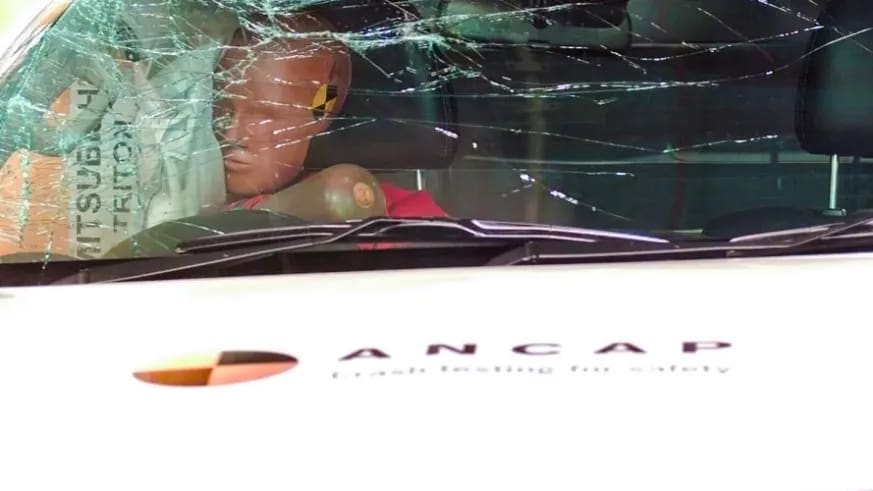
Affected resale value
As in the examples above, when it does come time to dispose of your business vehicles, residual value should not be diminished to the point that replacing your current cars will increase your capital costs significantly.
By postponing the disposal of your vehicles, not only are you adding another period of cost that is written down against them, further decreasing the residual value, you are getting further away from the original build date to market the car at resale.
For example, if you were a private car buyer looking at ex-fleet vehicles would you rather buy a 3-year old model with 75,000km or a 5-year old model with more than 100,000km on the odometer?
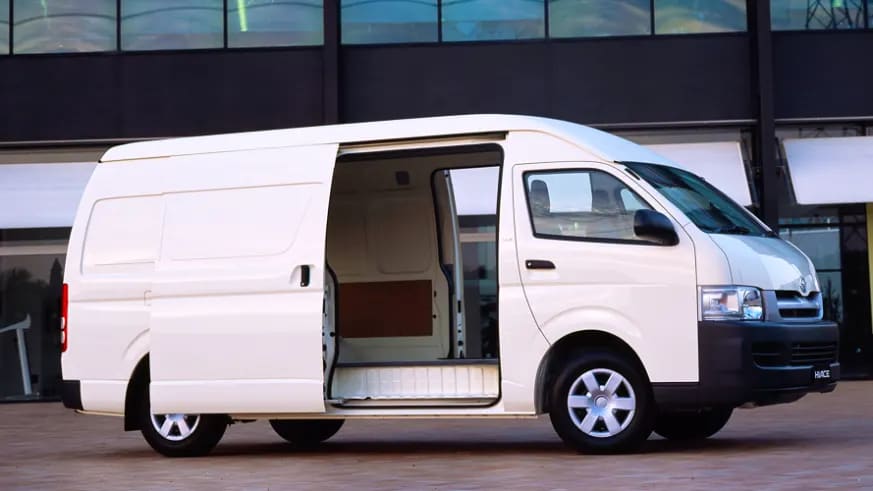
CALCULATING YOUR BUSINESS VEHICLE’S USEFUL LIFE
It is certainly important to look at whole-of-life cost when managing your fleet, but looking at the bottom line a little more creatively can help you to set a time frame for when to replace your business vehicle.
For example, if you or your drivers have to drive long distances frequently, you will most likely see unplanned maintenance costs rise as your vehicles wear out quicker. This should have an impact on when you dispose of your vehicles, rather than being trapped in an extended lifecycle with vehicles that are costing money unnecessarily through inefficient operation or unplanned maintenance costs.
As the cost of depreciation on your cash flows starts to flatline, the option to extend your lifecycle starts to become more attractive as you move towards writing smaller amounts down against the vehicle. This is only a small concession, as your whole-of-life costs start to rise the longer you hold onto the vehicle. As the vehicle ages into another year, depreciation costs may spike dramatically due to damage or an unreasonable amount of wear.
Motorama has dedicated, expert teams across our dealerships, who can help you with everything you need for your business vehicles. Speak to our team at Motorama for solutions across service, sales, finance and insurance and get your business vehicles managed by the best in the business!

